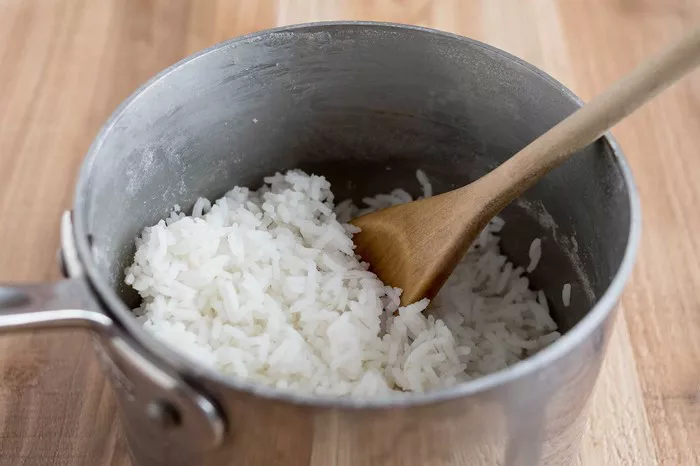The debate over which staple food—potatoes or rice—offers the most health benefits has long persisted. When it comes to weight loss, managing blood sugar levels, and essential nutrients, both foods offer unique advantages. But which one should we be eating to promote better health?
In terms of calorie content, fat, and protein, the nutritional profiles of potatoes and rice differ, but both can fit into a balanced diet. Potatoes, especially when consumed in their unprocessed form, can be a good source of vitamins, fiber, and potassium. Rice, on the other hand, is often a staple for energy due to its carbohydrate content, with brown rice providing more fiber and nutrients compared to white rice.
For those managing or trying to prevent diabetes, the glycemic index of these foods becomes particularly important. White rice, with a higher glycemic index, can cause rapid spikes in blood sugar levels. Meanwhile, switching to brown rice, which has a lower glycemic index, can help maintain more stable blood sugar levels.
But what about potatoes? When consumed in a variety of forms—such as boiled or baked—they can also be part of a healthy, balanced diet. Additionally, potatoes are rich in antioxidants, particularly when eaten with the skin, contributing to overall health.
Ultimately, the choice between potatoes and rice depends on individual dietary needs, preferences, and health goals. Switching up your food choices, such as opting for brown rice or different types of potatoes, may offer benefits in terms of preventing chronic conditions and maintaining a healthy weight.
This exploration of nutritional choices on Vital Signs with Brendon Fallon provides insights into how these common foods influence our health. However, viewers are advised to consult their healthcare provider before making any significant changes to their diet.
Related topics:
Study Suggests Diabetes Medications Reduce Dementia Risk in Older Adults
Diabetes Medications Show Promise in Lowering Alzheimer’s Risk, Study Finds
Type 5 Diabetes Recognized as a Unique Malnutrition-Related Condition



























